Would you like to achieve optimal results in the first few months of starting your new workout regime? Do you want to progress effectively through the beginning stages and make sure you advance?
Read through this article and learn exactly how you can do that. It is quite common to see an experienced and regular gym goer bringing a newbie along with them. Of course, the newbie who is not used to such a vigorous workout will not want to appear completely unfit and doesn’t want to be left behind. Sadly, the results are: overtraining, loss of motivation, injuries and minimal results. It is crucial at the beginning that you don’t cause any kind of injury to yourself. So if you are a beginner, how do you get the best results, start training, and build your ideal body?
Listen to Your Body
It is important to remember that each of us is different, our bodies are different, and your training also needs to be unique to you as well. While one person might progress quickly, another may progress more gradually, or show progress more slowly. Essentially, you need to listen to your own body, and work at your own pace. If you are progressing nicely, then everything is fine. If not, then perhaps you might need to tweak a few things.
I want everything, and I want it now! This is the total opposite to how you need to be thinking. You are not on a slimming show, you will get your results, but they will be long term results. Although it is sometimes possible to lose weight quickly, this is not the most efficient manner to lose weight for a long-term result. It is precisely the same with weight training. Sure, you can get quick results, but they won´t last, and they will not be effective. It will be much better for your health, and the result will be much more stable if everything is done with patience. Success does not only depend on how soon you achieve the results but also on how the result will be maintained. Perhaps you know someone who has done this before, somebody who has achieved results quickly, then went backwards. Are they happy?
Know Your Goals
This is not the first or the last time I will make this point, but it is important to remember your goals, remember what you are setting out to achieve. Without this, it is easy to aimlessly wander around your sessions just like a ship without a course. At the start of your session, or training regime, takes the time to sit down and think about exactly what it is that you want to achieve and why you want to achieve it. The goals don´t always need to be seen as “carved in stone”, and it is entirely reasonable that your priorities will change as you train. However, it is also crucial to have a purpose, to have something to reach towards, and to always be mindful of that whenever you go to a session.
Your State of Health
Exercising is also a kind of investment, one which is in your future best interest. Therefore, it is important to approach it with enthusiasm and to remember that it is a new and very useful experience. However handsome or fit you might be, before you begin training, it is important to get a medical examination and health assessment with your General Practitioner, or an appropriate specialist. It is much better to know in advance if there are any conditions such as high cholesterol, or high blood pressure so that you can tailor your workout to suit your state of health.
Nowadays, it is common for people to take selfies. It is a great visual indicator of your progress. Before you start any training, take a selfie, or a video of your body which you can later compare with future pictures to visually track your progress. It is an easy way to keep yourself motivated along the way.
Eating protein to build muscle, or drinking green tea to help you lose weight on their own will not suffice. You need to improve your knowledge, and there is no shortage of information about diets and workouts which are available to us today. In order to set your objective, I highly recommend that you use multiple sources of information as often there are different ways of achieving the same goal.
Technical Elements
For a beginner, who has never trained for approximately 2 – 6 months (very individually), they should be given to organisms adapt training.
During this period, there is a lot of work needed initially to make sure that your technique is correct. Without this knowledge, it is easy to make mistakes, such as adding load too fast or making possible errors that result in completely different muscle groups being worked. A good example of this can be seen when you are looking to build a broad back when you are doing a pull-up. If done incorrectly, it can easily turn into an exercise which works your biceps and not your back. It is much harder to change your technique, or style when you are already into your new training regime, rather than doing it at the beginning.
Ignore any comments you might get at the start such as, “Why are these weights so light” Or “Are you joking?!” You are preparing your body for a serious change, and many achievements will come with that change. It is not possible to build a strong skyscraper on weak foundations. It is much better to be able to gradually feel those muscles working, learning the correct techniques along the way by repeating these exercises with light weight loads in order to perfect the technique. Even if you choose to work out 3’4 times per week, due to the light workloads, there are no risks to overtraining.
Exercises to Start With
In the beginning, you may wonder which are the best exercises to do. I would recommend two for the large muscle groups (legs, back, and chest). Then, one for the shoulders, abs, calves, biceps and triceps. In total, chose ten to eleven exercises. Inventory advantage is given to free weight – dumbbells and barbells, not machines.
Aside from the warm-up, perform each exercise 1-2 sets, of 10 to 15 repetitions, (abs 20 – 25) without failure. Rest between sets for about two minutes. During each workout, you can perform the same exercises or split them into two parts. Then each workout will be on 5-6 exercises. After about six weeks, you can change the order of your exercises so you can feel the muscle working, and your body will also get used to the different exercises. Remember that during this period, you do not need to work with any heavy weights. The entire emphasis is on the perfect exercise form, to feel how each exercise works for the individual muscle groups, with many repetitions of the same exercises with light weights. After this beginning phase, you can progress to hit the heavy weights, to increase your progress at a faster pace, but for now, just wait a little bit.
If you are very young, or just not able to go to the gym, then many exercises can be done on local sports grounds or fields. For example, different types of pull-ups, push-ups, squats, and many track and field disciplines require no real equipment, just space! It is even believed that before starting serious training in a gym, you should be able to pull-up 12-15 times, do 20 -25 dips, 40 to 50 push-ups, and run 100-200m at quite a good speed. Strive to become good at these disciplines, which give your body a good foundation and then when you continue to the gym, it will be easier. It’s natural to want to progress and get results as quickly as possible, but remember that before you learned to walk, you crawled, before you learned to write, you needed to understand letters and training has similar patterns.
In this case, it is important to stick with the start-up phase. It will help you to get great results that last, as well as more visible changes in your body.


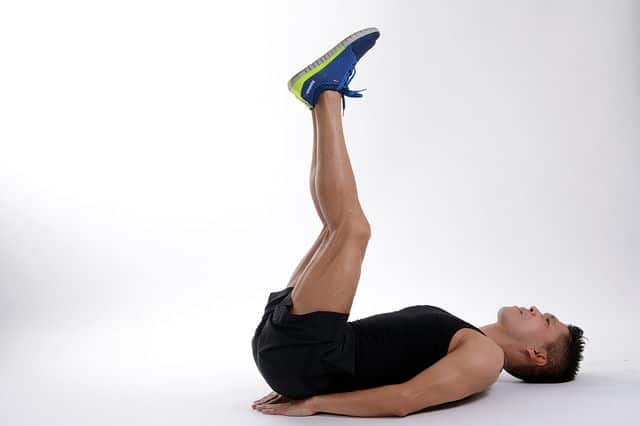
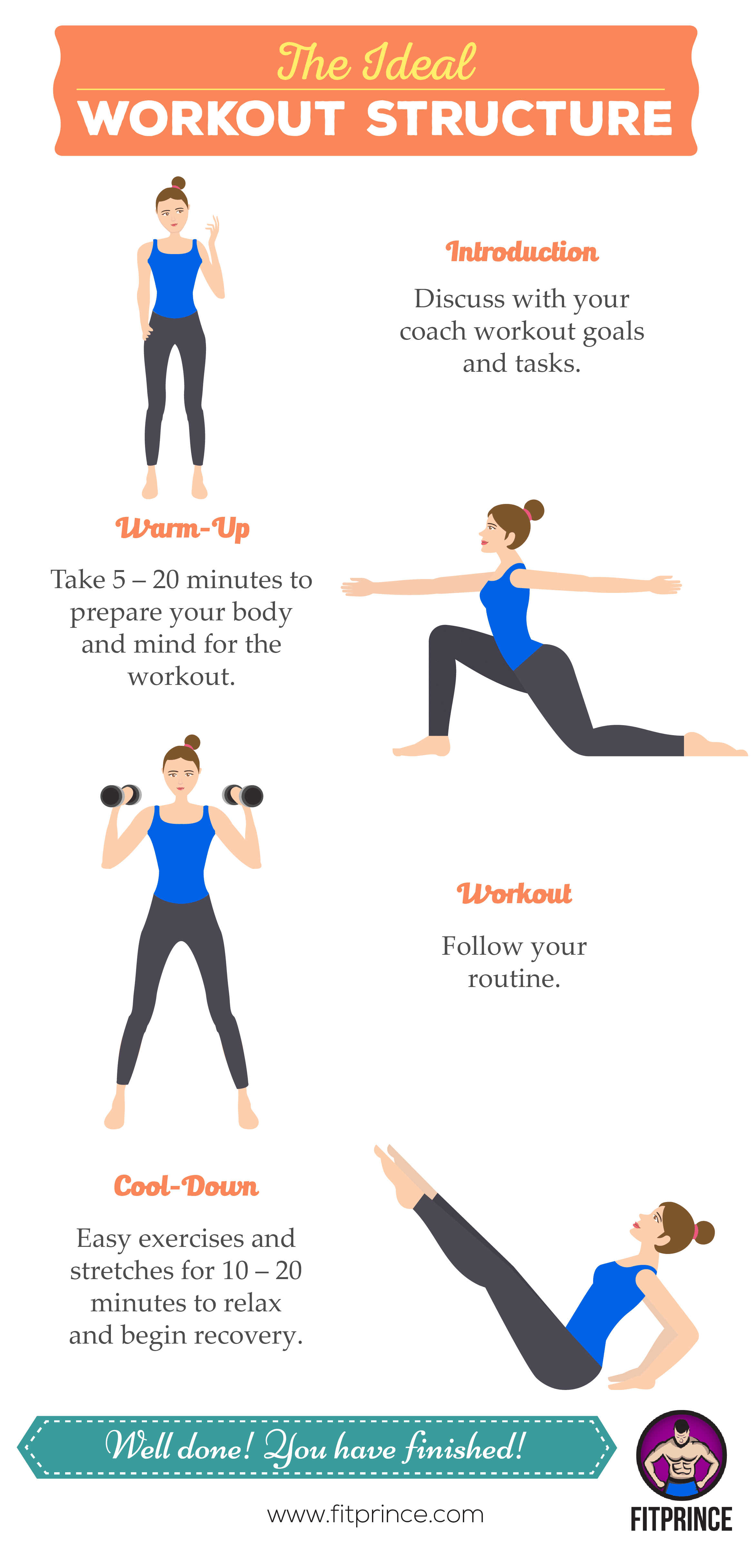
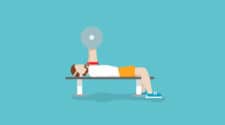
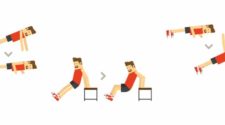
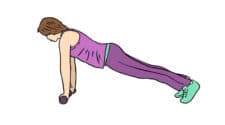

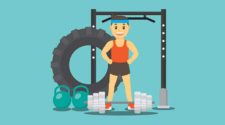
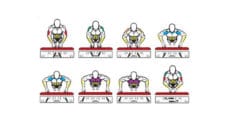
Are you tired of seeing everyone around you look toned and gorgeous? Are you tired of seeing your friends post fitness selfies and wishing that was you in their photos? If yes, then it’s time to get your hands dirty and start working on your dream body. Everyone has different goals when it comes to building a leaner physique. Some people want to look good for their summer soirees while others are ready to show off at the pool parties this coming season.